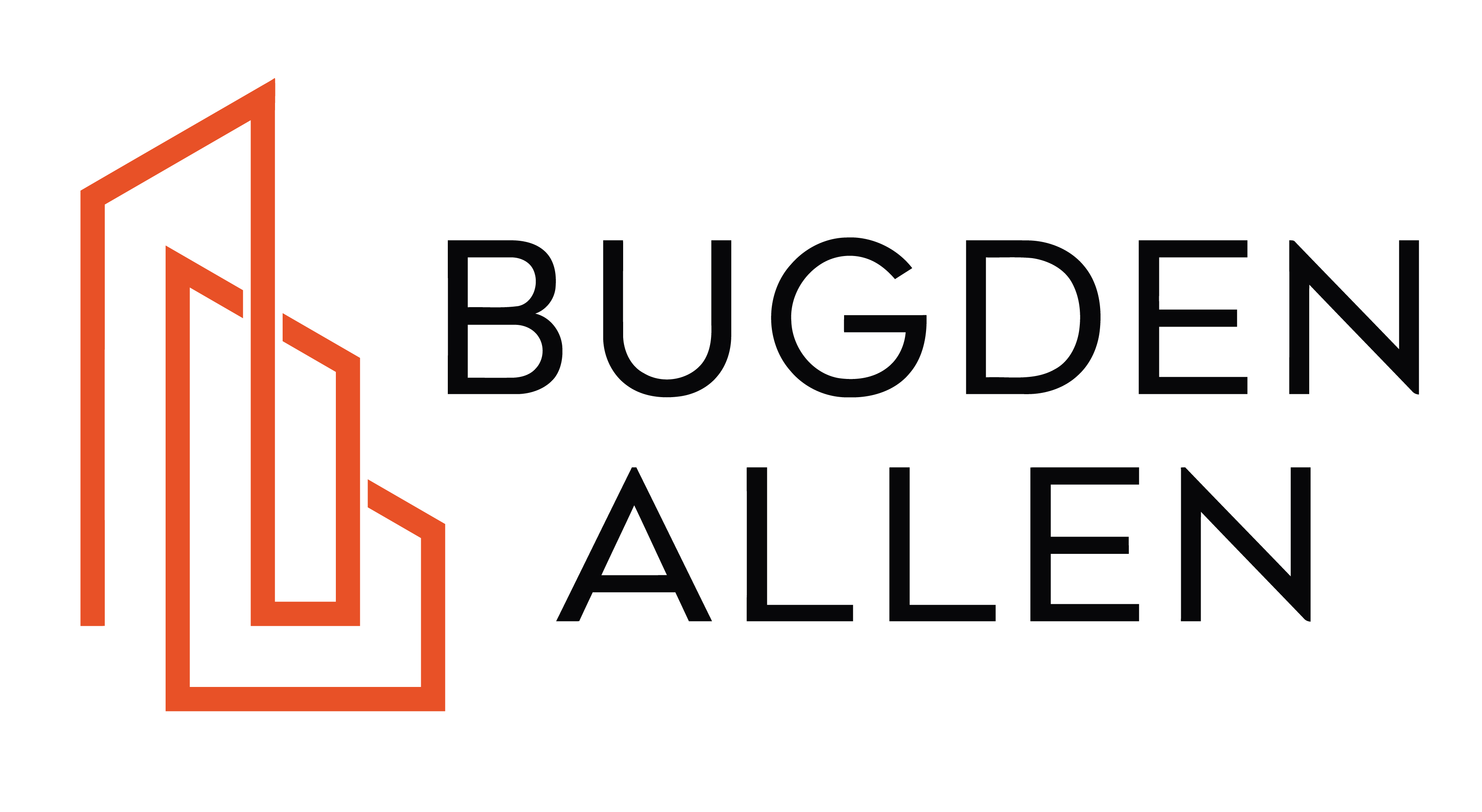Case Note: OC PS707533K v Shangri-La
This article was written by Tim Graham, Ebony Rice & Ali Pantelis of our Melbourne office and published on our web site on 5th September 2023.
—–
On 24 August 2023, the County Court of Victoria handed down its decision in Owners Corporation 1 Plan No PS 707553K and Ors v Shangri-La Construction Pty Ltd and Anor (OC PS707533K v Shangri-La).[1] The building company’s director was found to be personally liable for the company’s breach.
The Owners Corporation and the 12 apartment owners issued proceedings against the builder in VCAT in 2019[2]. Subsequently, the state of Victoria was joined as a Respondent. Soon after, Shangri-La entered voluntary liquidation.
Background
The proceeding concerned the construction of a residential apartment complex at 290 Hawthorn Road, Caulfield, consisting of a basement, ground floor, and two additional floors, between December 2014 and August 2015 by Shangri-La (Building).
The cladding material was combustible (RMAX Orange Board).
A building permit was issued on 3 December 2014. Importantly, this permit was granted after the Lacrosse apartment tower fire in Latrobe Street, Docklands on 24 November 2014.
On 11 June 2014, a design meeting at Shangri-La’s office determined to use RMAX Orange Board expanded polystyrene styro (EPS) in preference over other brands. Mr Naqebullah, principal of Shangri-La, a number of consultants including representatives of the fire engineer, and Mr Jim Tsaganas, the building surveyor who issued the December 2014 permit, were all in attendance. The EPS cladding was installed some time between December 2014 and 13 August 2015.
On 12 November 2019, Mr Stephen Kip conducted a building audit identifying extensive use of EPS cladding. Mr Kip recommended the EPS cladding be removed and replaced. The State of Victoria appointed Sedgwick Australia Finance Pty Ltd to oversee the rectification process.
Decision
The court found that the director of Shangri-La, Mr Neqebullah was personally liable to pay the State of Victoria damages for the cost of remediation works in the order of the $1,190.705 million.
Mr Naqebullah submitted that the State cannot apply section 137F of Building Act retrospectively on the basis that the action occurred in 2014-2015 (when the Cladding was installed) and at that time, he would not have been personally liable for the Combustible Cladding. This contention on retrospectivity was rejected by the Court, stating that if this amendment to the Building Act was to be interpreted this way, then its entire existence would be useless.
Mr Naqebullah further submitted that despite his knowledge that RMAX Orange Board was to be used in the construction of the Building, he had no knowledge that it was non-compliant, and he relied on the fire engineer and building surveyor who approved the use of the product in this respect. The basis for his claim was, therefore; that without his knowledge, the State could not make the claim against him personally pursuant to s137F (4) of the Building Act. The Court rejected this defence on that basis that whilst he may not have known the cladding was not compliant, it was sufficient to satisfy this section of the Building Act solely by his knowledge that the cladding product has been used. The State could, therefore, succeed in their claim against Mr Naqebullah personally.
Consequences of Decision
This is the first decision in respect of a subrogated action taken by the State of Victoria under s137F of the Building Act 1993 (Building Act), following the amendments made to the Building Act in 2020, against a director of a building company that used non-compliant combustible cladding products, for compensation for the costs to remove combustible cladding from an apartment building.
These amendments provide, inter alia, that where CSV has paid for cladding rectification work, the Crown is given (subrogated) all the rights and remedies the owner has against any person in relation to the installation of the cladding. These rights are enforceable jointly and severally against the entity and the individuals who were its ‘officers’ at the time the cladding was installed.[3]
The Crowns enforcement rights do not extend to an ‘officer’ if it is proven that the cladding was installed without the knowledge or consent of the officer.[4]
Subject to any appeal of the matter, it would be expected that the State of Victoria may be more prevalent over the coming years as it attempts to seek compensation against directors and other offices of building companies for the expense undertaken by the State in removing the combustible cladding by CSV.
[1] [2023] VCC 1473.
[2] Owners Corporation 1 Plan No. PS707553K v Shangri-La Construction Pty Ltd (No 3) (Building and Property) [2022] VCAT 1385
[3] s137F(3) of the Building Act 1993 (Vic)
[4] s137F(4) of the Building Act 1993 (Vic)




